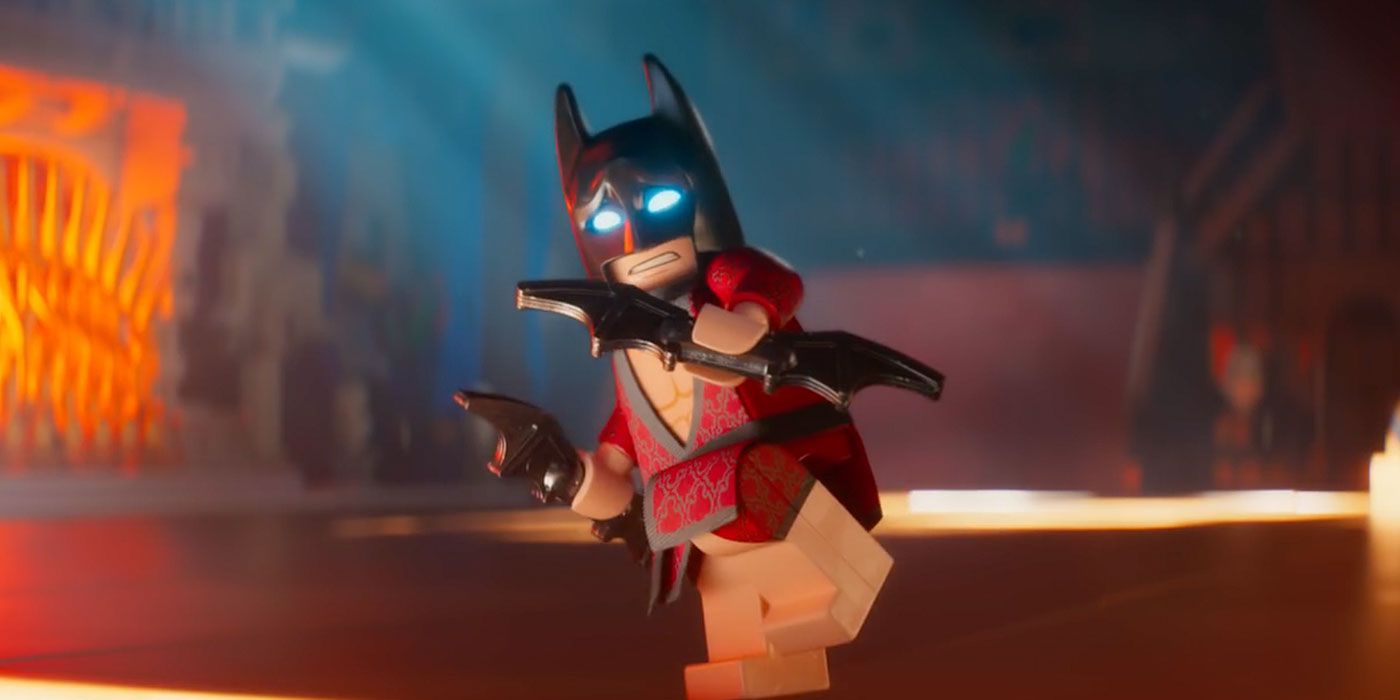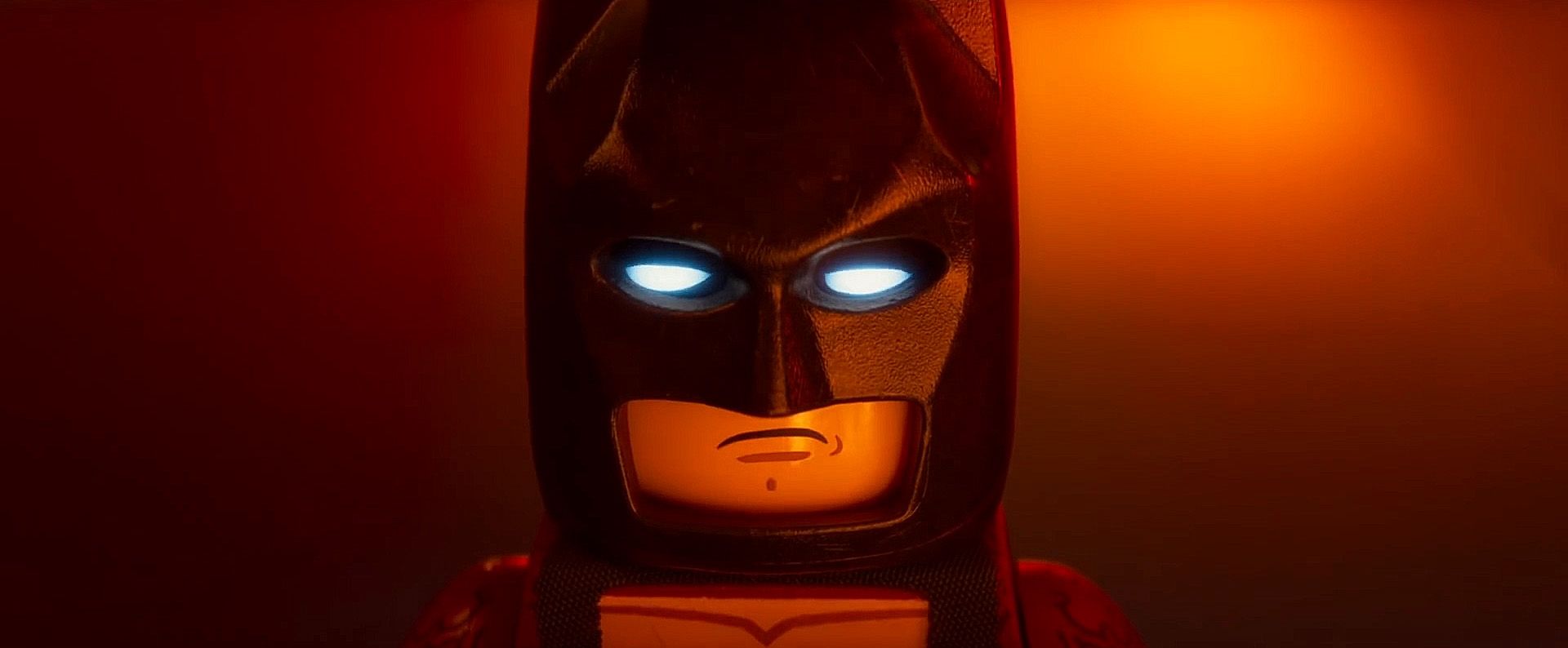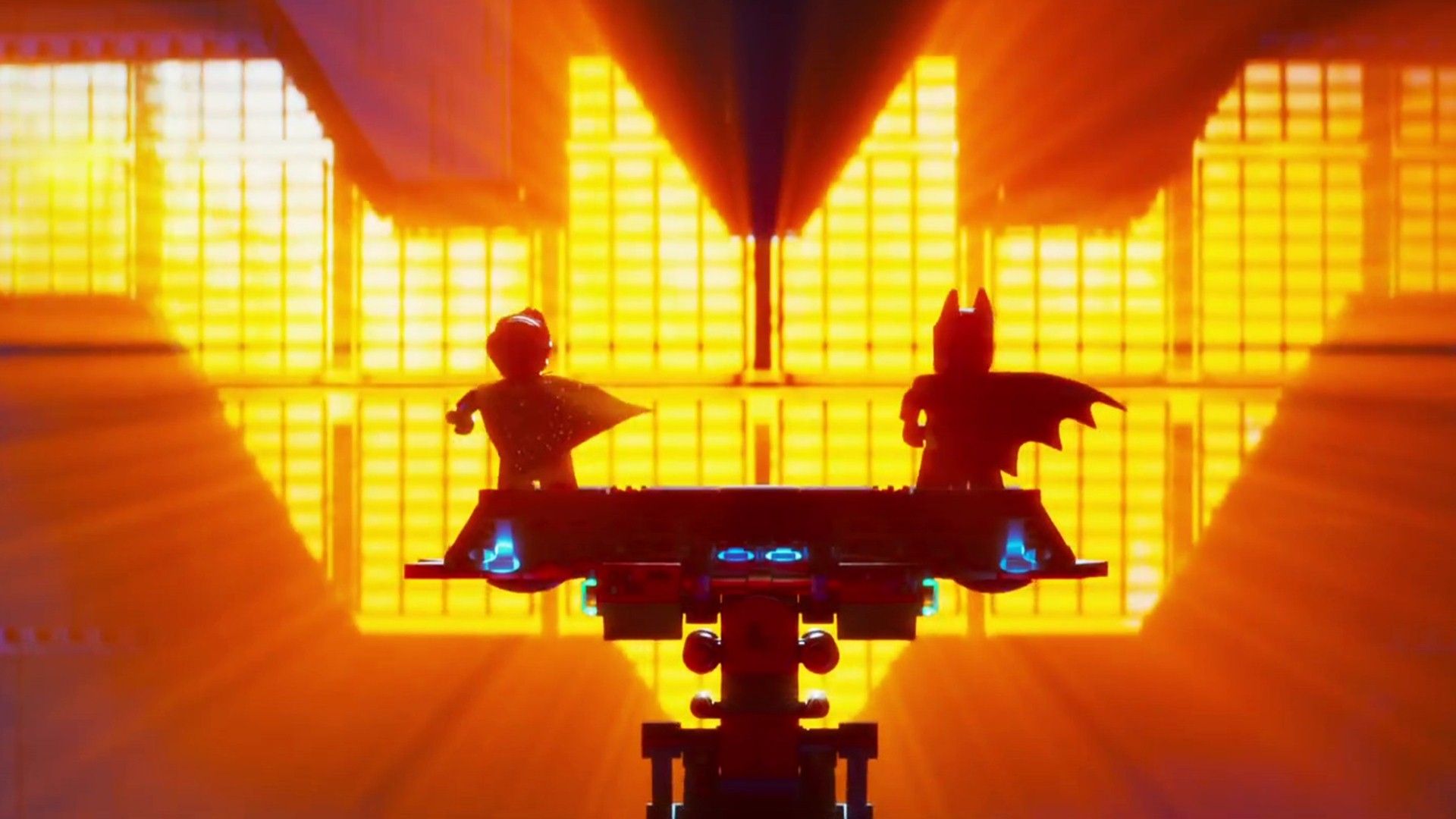What do you think of when someone says the name "Batman?"
When I first saw “The LEGO Movie” in 2014, I hardly expected the Will Arnett-voiced, pint-sized version of the caped crusader to deliver perhaps the best summation of my favorite superhero (and via heavy metal EDM, nonetheless).
“Darkness.
No parents.
The opposite of light.”
That song -- “Untitled Self Portrait” -- is obviously meant to be silly, poking fun at the Dark Knight, or rather what the hero had come to represent in fandom. Batman, for all his nuance and story, had become synonymous with, well the opposite of light. Still, as with all the best satire, LEGO Batman was funny because there was truth within the joke.
Going into “The LEGO Batman Movie”, my hopes were high, but more for its comedy. What I wasn’t expecting was for the film to deliver a nuanced characterization of Batman, the hero, the myth, the Dark Knight.
Bat Buffs
The parody elements within LEGO Batman’s character are more clever than they need to be. More than just making jokes about Batman and his previous iterations, LEGO Batman captured a moment within the zeitgeist the batty hero had reached, particularly at the time of his 2014 “LEGO Movie” debut.
Christopher Nolan’s Dark Knight trilogy had ended 2 years prior with “The Dark Knight Rises.” Now, I love Christopher Nolan, and I love his (at times overly) epic, gritty take on Batman. It felt fresh and exciting to my young mind. However, I can admit that it seemed to result in a certain trend within blockbusters; namely, an attempt to capture that same darkness, often times falsely equating it to realism and therefor respectability. This need to grit up our heroes even permeated to Superman in 2013’s “Man of Steel”, and certainly didn't let up in last year's "Batman v Superman: Dawn of Justice." (Fingers crossed for "Justice League"!)
Perhaps that’s why the Powers that Be behind “The LEGO Movie” decided to make their Batman an exaggerated version of the dark anti-hero, veering to the point of an emo-egomaniac. He’s not just a joke about Batman; he’s a joke about what Batman had come to represent within pop culture.
But LEGO Batman’s joke goes deeper in his solo movie. Every other film representation of Batman is mocked (bat shark-repellant, anyone?) from silly to serious, old to new, and even bad to good. But it’s all done with such celebration of Batman that any fan will be enraptured by each LEGO-made detail.
Bat Billionaire
Let’s go back to the final stanza of Mr. Wayne’s “Untitled Self Portrait”, shall we?
“Darkness.
No parents.
Super Rich,
Kind of makes it better!”
Another element ruthlessly mocked is Bruce Wayne’s absurd wealth. I mean, maybe none of us could be Batman even if we were super-rich, but could Bruce be Batman if he wasn’t? In most other comic and screen adaptions, Bruce Wayne, the genius billionaire philanthropist playboy (note: LEGO Batman’s password in the movie is ‘Iron Man sucks!’) is usually represented as a facade, meant to throw suspicion of who he truly is underneath. As Christian Bale’s Bruce tells Katie Holmes’ Rachel Dawes in “Batman Begins,” “All this, it’s not me. I am more underneath.”
“LEGO Batman” takes a different approach, gleefully blending both personas so that even when Batman dawns the cowl, he’s a self-obsessed, rich jerk.
Bat Braggart
Which gets to the main achievement of “LEGO Batman” - its take on Batman’s self-centeredness. Though he's dedicated his life to fighting the sort of injustice that took his parents' lives, plenty of moments across the Bat-pantheon have shown that maybe, just maybe, he does it for himself at least as much as he does it for others.
"The LEGO Batman Movie" manages to incorporate Batman's tragic backstory in an emotionally fresh way. Early on in the film, Batman is seen talking to a photo of him and his parents, presumably taken on the night of their murder. Later, Robin (Michael Cera) takes a photo of them and their newly assembled Bat- team, and the resemblance between the two family portraits is too much for Bruce to handle.
Alfred (Ralph Fiennes) confronts Bruce about his biggest fear (no, not snake-clowns); “It’s being a part of a family again,” a surprisingly poignant take on Bruce Wayne’s psychology. While previous films, particularly “The Dark Knight Rises,” has shown his unhealthy dependency on the cape, “LEGO Batman” takes it a step further, critiquing his entire lifestyle. This is a guy who lives in a giant mansion, all alone. A hero "loved" by all, but perhaps not really known by any. Or, as Alfred puts it, "Sir, you live both figuratively and literally on an island."
"I know, isn't it awesome?" Bruce responds.
This is the power of "LEGO Batman'"s satire - it offers the filmmakers the ability to not only point out flaws within the Batman myth, but also build upon them. Throughout the movie, Batman’s ego is played mostly for laughs, but the emotional cost remains clear. He flees his growing paternal feelings for Robin. He writes off his life-long bond with Alfred. He refuses help from the clearly more competent Barbara Gordon (Rosario Dawson). Barbara tells Batman that she used to look up to him, but feels differently having witnessed his behavior in person. “You can’t be a hero if you only care about yourself,” she tells him.
At one point, a semi-omniscient LEGO block named Phyllis (long story) plays before Batman his sins: selfishly using Robin's loyalty for his own gain, insulting Alfred at every turn. “You’re not a bad guy,” she says, “but you’re not really a good guy, either.”
Bruce’s inability to let others in ends up being the crux of the film, even defining his and LEGO Joker’s (Zach Galifianakis) relationship. In “The Dark Knight,” as Heath Ledger’s Joker dangled captured in front of his nemesis, he declared, “You just couldn't let me go, could you?... You won't kill me out of some misplaced sense of self-righteousness. And I won't kill you because you're just too much fun. I think you and I are destined to do this forever.”
In “LEGO Batman," the film interestingly spins this codependency into Bruce’s self-isolating tendencies as the Joker desperately tries to prove to Batman that what they have is indeed special.
In fact, (SPOILERS AHEAD) the way Batman must save the flimsy foundation of LEGO Gotham from a set of explosives is by not only accepting the help of his new family (Robin, Barbara and even Alfred), but by admitting to the Joker that, yes, he wants to save Gotham City so that he can live to fight the Clown Prince of Crime another day. The two romantically declare their mutual hate before making a literal LEGO bridge with their bodies and snap the broken pieces of Gotham back in place.
Despite it being a parody, in the end, the movie celebrates the idea of Batman being Batman. As in “The Dark Knight Rises” or even Frank Miller's classic “The Dark Knight Returns,” perhaps Batman has to evolve in order to remain a symbol of good.
In the case of LEGO Batman, he faces his greatest fear: he becomes a part of a family. “The LEGO Batman Movie” understands, maybe more than any other Batman film before it, that the tragedy didn’t end for Bruce the night his parents were killed. As in real life, tragedy can affect our entire personas, super rich orphan or not.



